- Solar energy blog
- Shining a light on the Solar Sunshot Program in Australia
Shining a light on the Solar Sunshot Program in Australia
Australia is on a tight deadline to install 28,000 solar panels a day for the next six years to hit its 2030 decarbonization targets — a tall order that hinges on ramping up domestic production.
To this end, the government launched Solar Sunshot, a $1-billion fund to help local PV companies commercialize their products and strengthen the country’s solar supply chains. Let’s explore this initiative and how it might affect the future of Australia’s energy.


Laura Rodríguez
Territory Manager Oceania & Nordics
Laura is a renewable and software industry sales professional, currently working at RatedPower as Territory Manager Oceania & Nordics. With a background in International Business and International Trade, Laura previously worked in the business strategy area in various companies as well as as a market analyst for the Government of Spain in Australia.
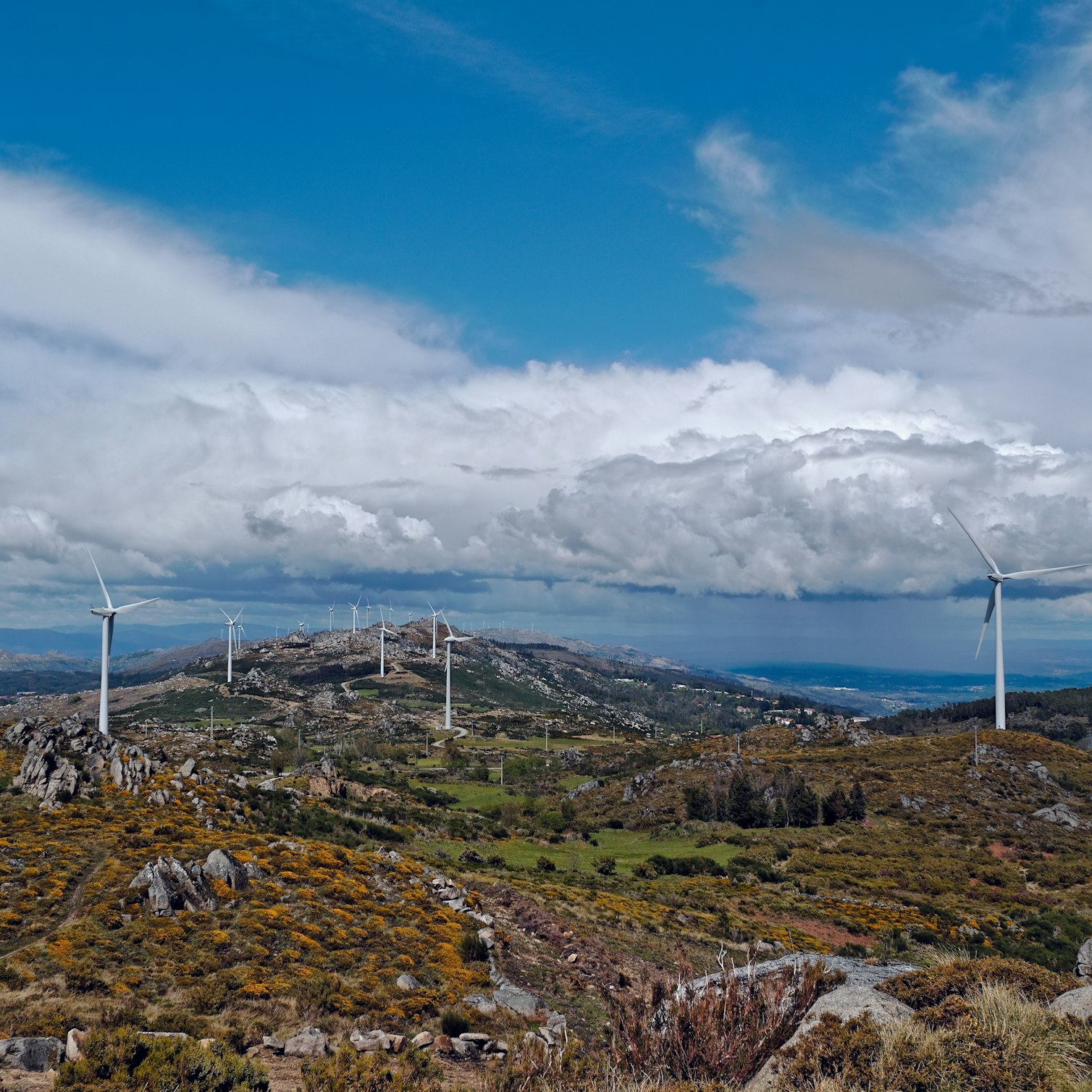
Content
What is the new Solar Sunshot Program?
Managed by the Australian Renewable Energy Agency (ARENA), Solar Sunshot is a federal program intended to boost domestic solar manufacturing capabilities.
It supports companies involved in various stages of the PV panel production process, from producing polysilicon to assembling finished modules, to strengthen the local solar industry and reduce reliance on imports. Notably, one in three households in Australia use solar panels, yet only 1% of them are locally produced. The government wants to increase this share to 20%.
Solar Sunshot is currently in its first phase, during which it will disburse a total of $550 million across two funding rounds (1A and 1B). Supported projects are expected to:
benefit local communities (including First Nations groups),
create new jobs in the solar industry, and
strengthen the domestic PV production network.
The program is in sync with the Future Made in Australia agenda, which invests in workforce upskilling and supply chain building to create economic resilience.
Get the insights you need to stay ahead of the curve for the future of solar energy. Download our eBook: A review of 2030 renewable targets across the globe to explore the 2030 renewable energy targets in Europe, the USA, and other key regions around the world.
How does ARENA decide which initiatives to support?
Solar Sunshot primarily funds projects related to PV panel manufacturing. Applicants need to explain how their projects will involve local communities and provide tangible benefits that help Australia move towards a carbon-neutral future.
Decisions are made based on extensive discussions with stakeholders, which include DCCEEW representatives and other environment and energy sector experts.
Are there location restrictions for projects?
All projects must be based in Australia, though the specific sites are chosen based on the project proponents. The program does not give preference to any particular Australian location.
Does the program exclusively support silicon-based PV technologies?
No. Solar Sunshot is open to backing mature, proven technologies and is not confined to any specific solar PV technology.
When can eligible projects expect to receive production credits?
Projects ready to proceed can expect to receive production-linked payments in the 2024/25 Financial Year, pending a finalized funding agreement with ARENA.
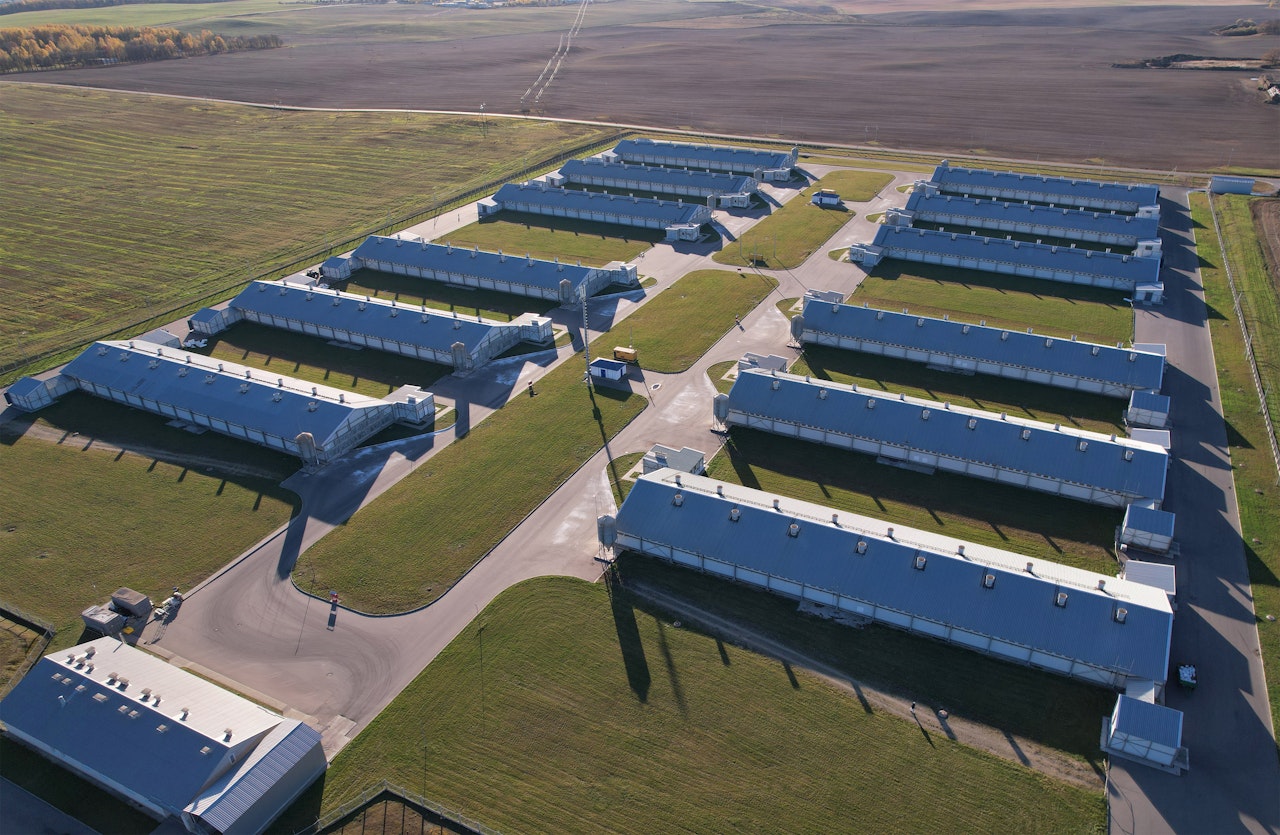
What does the Solar Sunshot Program aim to do?
The two funding rounds in Solar Sunshot’s first phase both target the same key objectives:
Bolster the local PV supply chain’s resilience, competitiveness, and sustainability
Lower barriers to domestic solar PV production
Drive innovation and automation in solar manufacturing
However, while they share these goals, each round focuses on different stages of the solar PV lifecycle. Round 1A funds the actual production of solar panels and components, while 1B invests in research and planning for future production.
Round 1A
The first round finances commercial-scale PV manufacturing.
Eligible technologies include:
Solar PV modules, cells, and components (such as framing and solar glass)
Solar PV racking, tracking, and deployment systems
Projects must:
Be at least TRL 8 and CRI 3 at the start of manufacturing
Involve new or expanded manufacturing capacity
This round does not fund the production of ingots, wafers, polysilicon, and solar inverters. It does not support solar thermal projects, pilot-scale manufacturing, emerging technologies, testing facilities, recycling, feasibility studies, or FEED work.
Funding:
Capital grants up to $50 million may be awarded for project development and construction costs. These grants will cover a maximum of 50% of the project’s budget.
Production credits up to $350 million may be granted to bridge the cost gap between Australian-made solar technology and commercially available imports.
See the Funding Announcement for Round 1A for specific requirements and eligibility criteria.
Round 1B
The second round funds feasibility or engineering studies for commercial-scale solar PV manufacturing.
Eligible study topics include:
Polysilicon production and quartz-to-silicon conversion
Ingot and wafer manufacturing
Broader solar innovations like inverters, advanced deployment, mounting structures, or other technologies that improve solar performance or reduce costs
Topics around solar PV modules, cells, components, or commercially proven racking, tracking, and deployment technologies are ineligible.
Funding:
Capital grants are expected to be between $1 and $5 million, but ARENA may consider amounts outside this range.
Grants will cover up to 50% of the study budget.
See the Funding Announcement for Round 1B for more details.
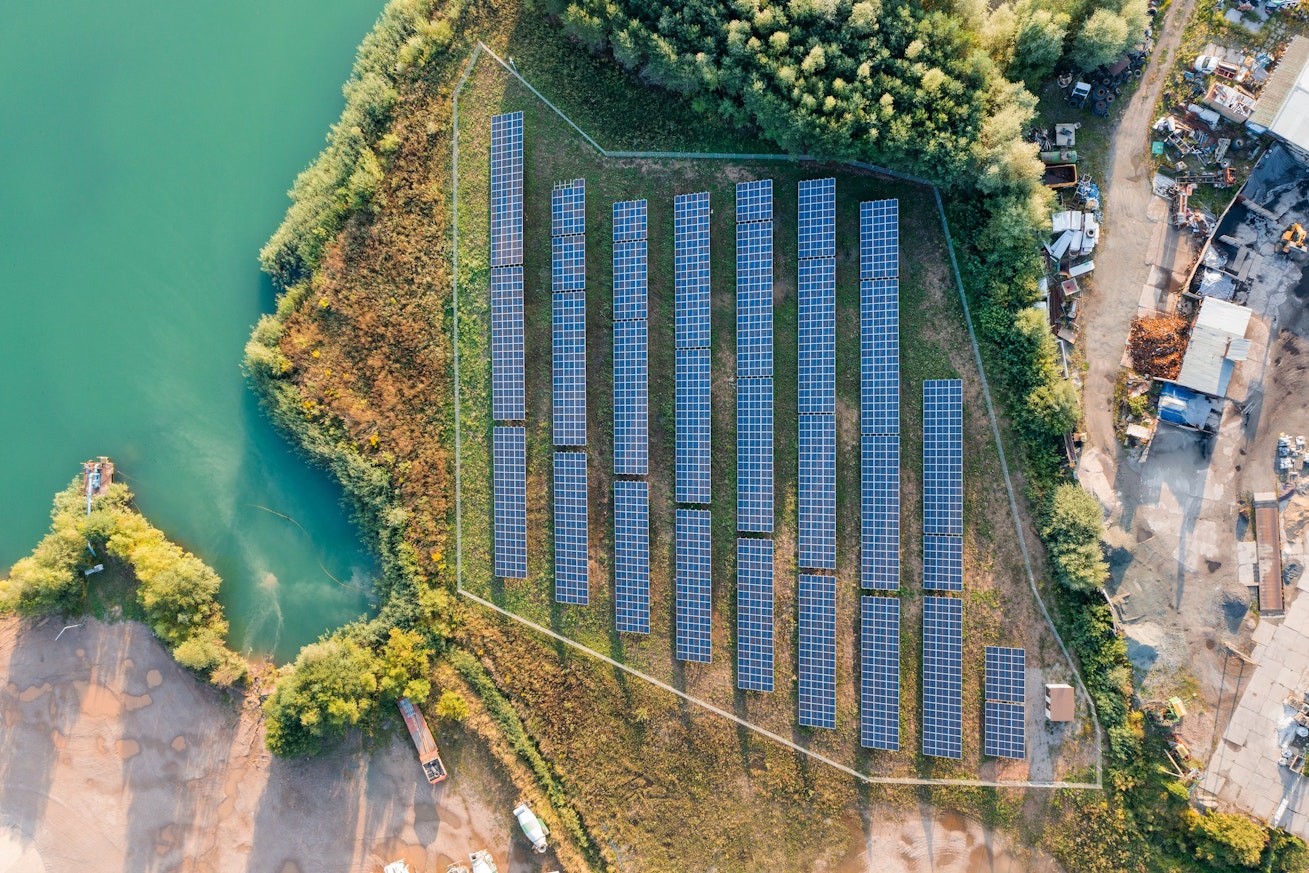
What does Solar Sunshot mean for the future of solar energy in Australia?
Boasting some of the most abundant renewable sources in the world, Australia has the potential to produce large-scale green energy for the export market. The country is keen on using this advantage to secure its local supplies and become a global clean energy superpower.
Central to these efforts are programs like Solar Sunshot. Focused on advancing local PV manufacturing, the fund is expected to:
Speed up the development of high-efficiency, cost-effective solar technologies and expand Australia’s renewable capacity
Scale up local manufacturing to reduce reliance on imports and fortify national energy security
Generate high-skilled jobs in the renewables sector to drive economic growth and build community resilience
The program directly supports ARENA’s bigger Ultra Low-Cost Solar 30-30-30 vision, which aims to achieve 30% solar module efficiency and reduce installation costs to 30 cents per watt by 2030. Solar Sunshot hopes to streamline the supply chain by nurturing domestic PV manufacturers and helping ARENA push solar electricity prices below $20/MWh.
The fund also encourages partnerships with universities and tech companies to develop export-scale green energy industries. Combining local production’s strength with cutting-edge research supports Australia’s plans to sell solar power to other countries, making the sun a more accessible energy source for everyone.
Latest stories
Related posts
Policy and regulation
Solarspitzengesetz: How it affects solar and negative pricing
Find out more about the Solarspitzengesetz, Germany’s Solar Peak Act, designed to prevent oversupply and price surges during peak solar generation.
Updated 4 NOV, 25
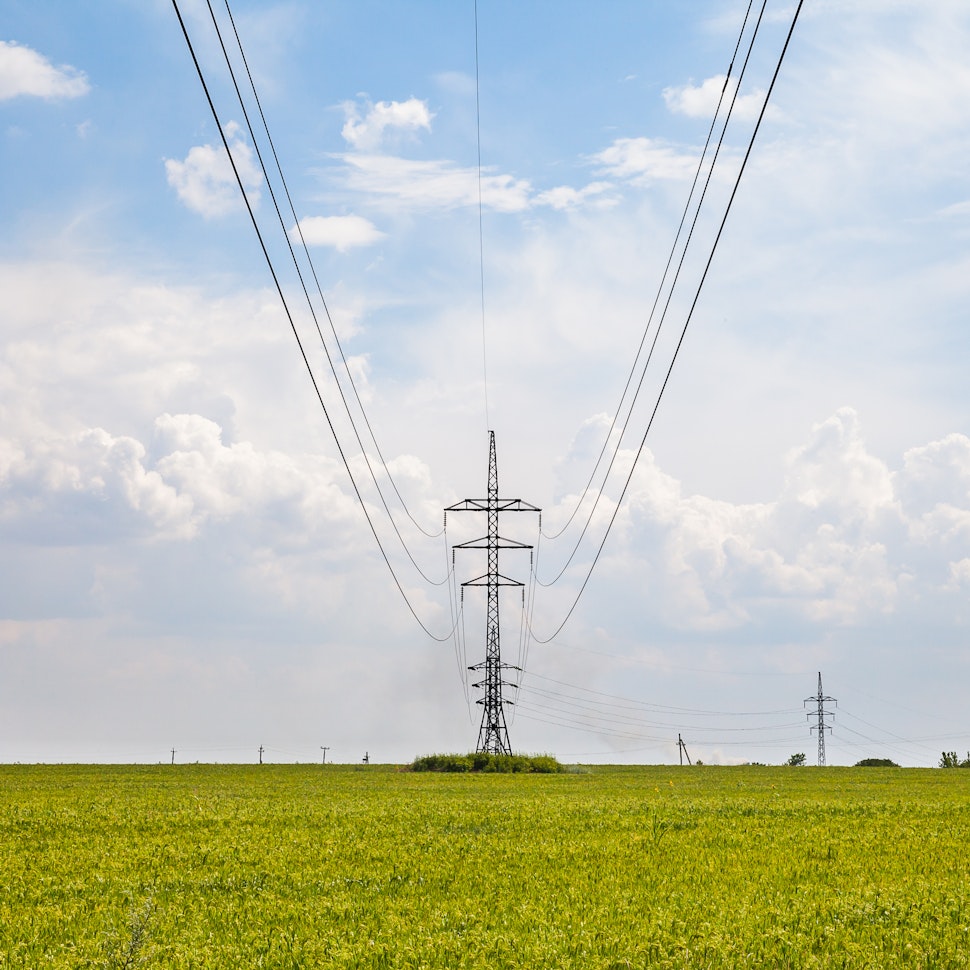
Policy and regulation
Winning the auction: A developer’s guide to GEA-4 execution in the Philippines
Find out how solar design tools like RatedPower can accelerate bankable proposals for auctions like the GEA-4 in the Philippines.
Updated 23 OCT, 25

Policy and regulation
How PL 624 and PL 671 will transform Brazil’s solar energy market in 2025
Discover how Brazil's PL 624 and PL 671 bills are reshaping the country's booming solar energy market in 2025—balancing rapid growth with fair grid access and smarter regulations.
Updated 15 JUL, 25
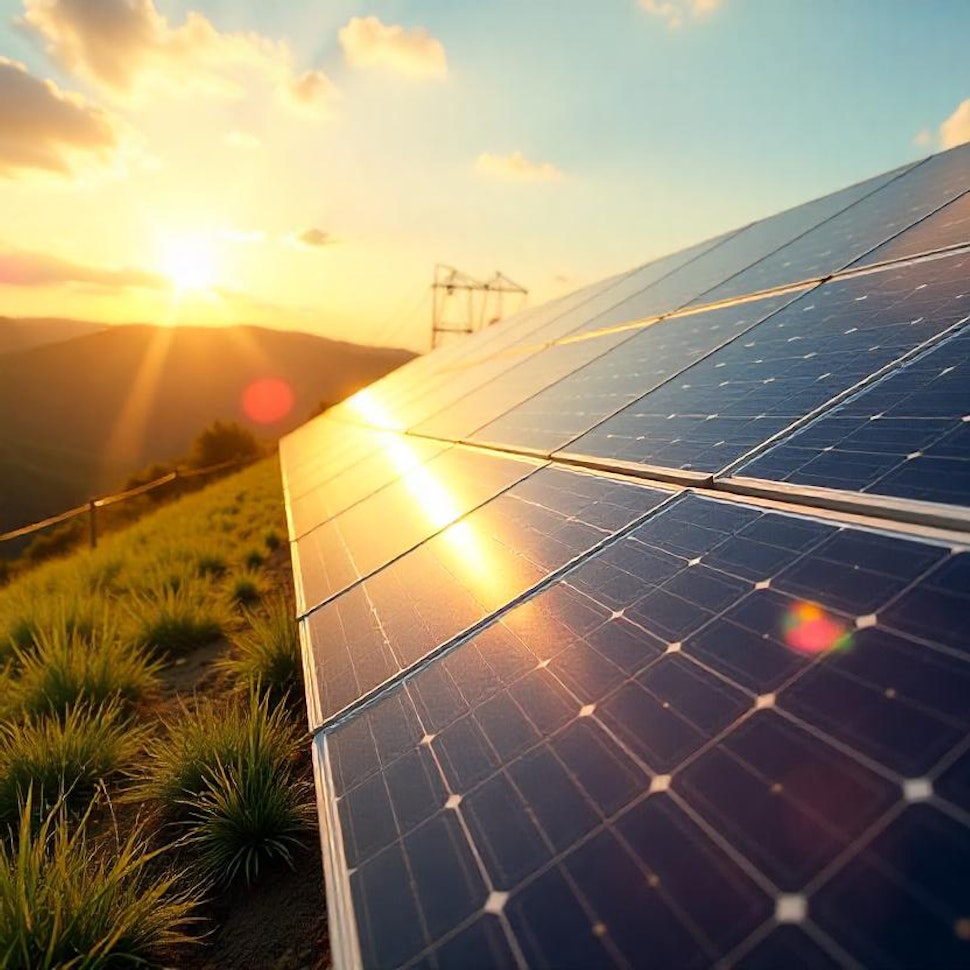
- RatedPower
- Solar energy blog
- Shining a light on the Solar Sunshot Program in Australia
 Watch a demo
Watch a demo Ask our AI Product Expert
Ask our AI Product Expert

